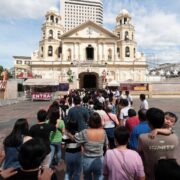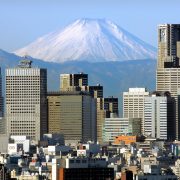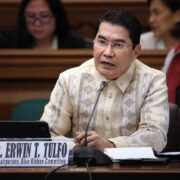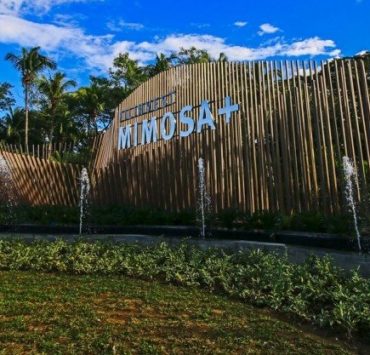Banking on tourism growth, hospitality sector continues to expand
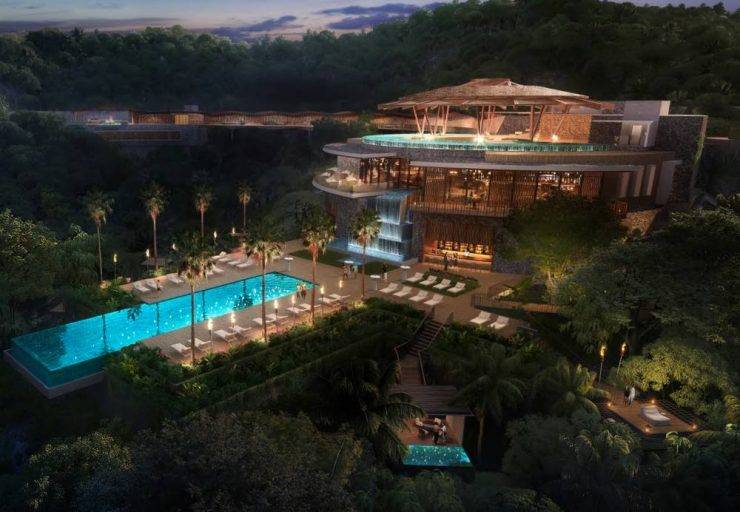
In his third State of the Nation Address, President Ferdinand Marcos Jr. highlighted how infrastructure and digital reforms laid out by the government are all calculated to boost the productivity of the tourism sector.
He was also optimistic in forming multifaceted strategies to further make the tourism industry more successful—from focusing on “experiential tourism” to elevating and expanding the programs under the “one town, one product” (OTOP) concept.
Flourishing industry
This year, the local tourism sector has been flourishing. According to recent reports, the industry’s contribution to the country’s 2023 gross domestic product was at 8.6 percent.
“This marks the highest record of growth in gross value added in tourism since the year 2000. This is an impressive increase of 48 percent compared to the previous year’s numbers,” Marcos said at the joint meeting of the United Nations Tourism Commission for East Asia and the Pacific and the UN Tourism Commission for South Asia held in Cebu in June.
Marcos noted that in 2023, the Philippines welcomed 5.45 million foreign tourists, exceeding the year’s target of 4.8 million.
For the first half of the year, the Department of Tourism said the sector recorded P282 billion in revenues up 33 percent from a year ago. Tourist arrivals in the same period hit 3.17 million. Top sources of foreign arrivals were South Korea, followed by United States and China. These were followed by Japan, Australia, Taiwan, Canada, the United Kingdom, Singapore, and Malaysia.
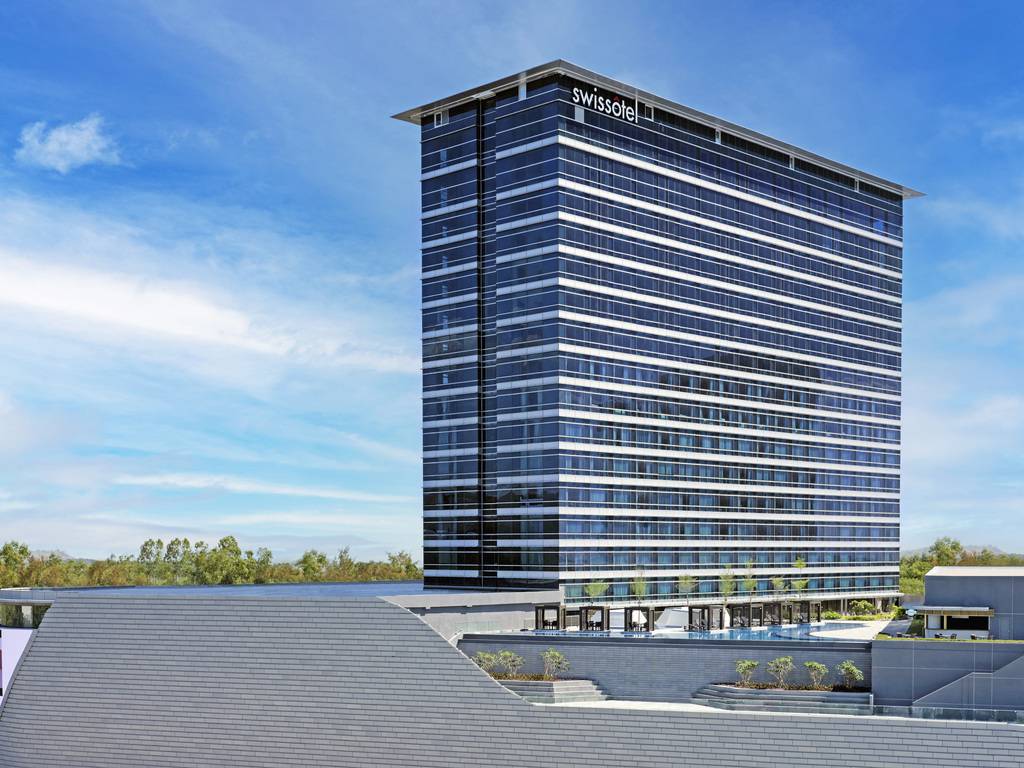
Gaining momentum
The Philippines continues to gain momentum as a top choice in Asia for tourists.
The positive outlook and notable gains in the sector have been boosting confidence among investors and real estate developers who are also actively expanding their hotel and resort footprint across the country. And with the government’s agenda to make traveling smoother and easier, there is indeed high hope for the tourism sector.
The positive outlook and notable gains in the sector have been boosting confidence among investors and real estate developers who are also actively expanding their hotel and resort footprint across the country
Among those who continue to expand is Hann Philippines Inc., the proponent behind the highly successful Hann Casino Resort in Clark Freeport, Pampanga, where it opened the first international, five-star hotel in Central Luzon through Marriott Clark and the first Swissotel hotel in the country. In its other development in New Clark City, Tarlac, Hann Philippines is also opening Banyan Tree luxury hotel and residences alongside three championship golf courses, among other features.
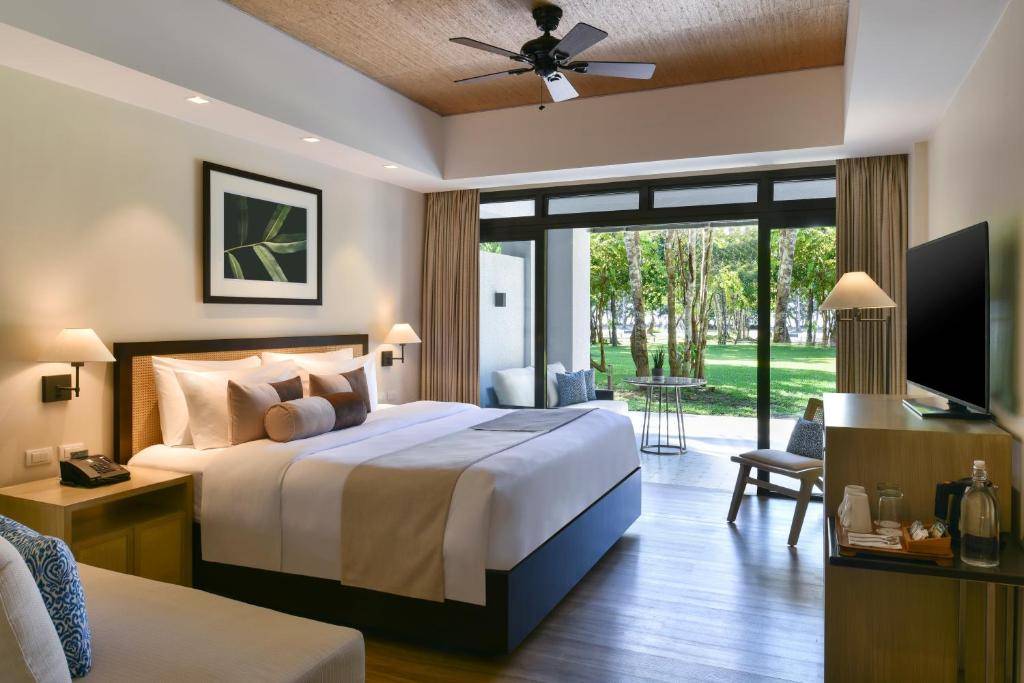
Earlier this year, Ayala Land Inc. announced that it would undertake a reinvention of its Seda Hotels and El Nido Resorts, as it sought to position the company as the country’s preferred provider of globally competitive leisure destinations.
Ascott Ltd. (Ascott) meanwhile continues to expand in the Philippines as well. In Manila, it provides exceptional serviced residences to meet the evolving needs of modern travelers through lyf Malate Manila and The Suites at Torre Lorenzo Malate. It also opened Bacolod City where it integrated a grand ballroom to accommodate meetings, incentives, conferences, and exhibitions (MICE) events in the region.

Megaworld Corp. is likewise investing heavily in its hospitality business, having launched the Paragua Sands Hotel in San Vicente, Palawan in January this year, and opened the 1,530-room Grand Westside Hotel, touted as the biggest hotel in the country to date. Collectively, Megaworld’s portfolio has a total of 20 hotels—some have yet to open—with nearly 7,000 room keys.
Sources: Inquirer Archives, colliers.com, discoverasr.com



